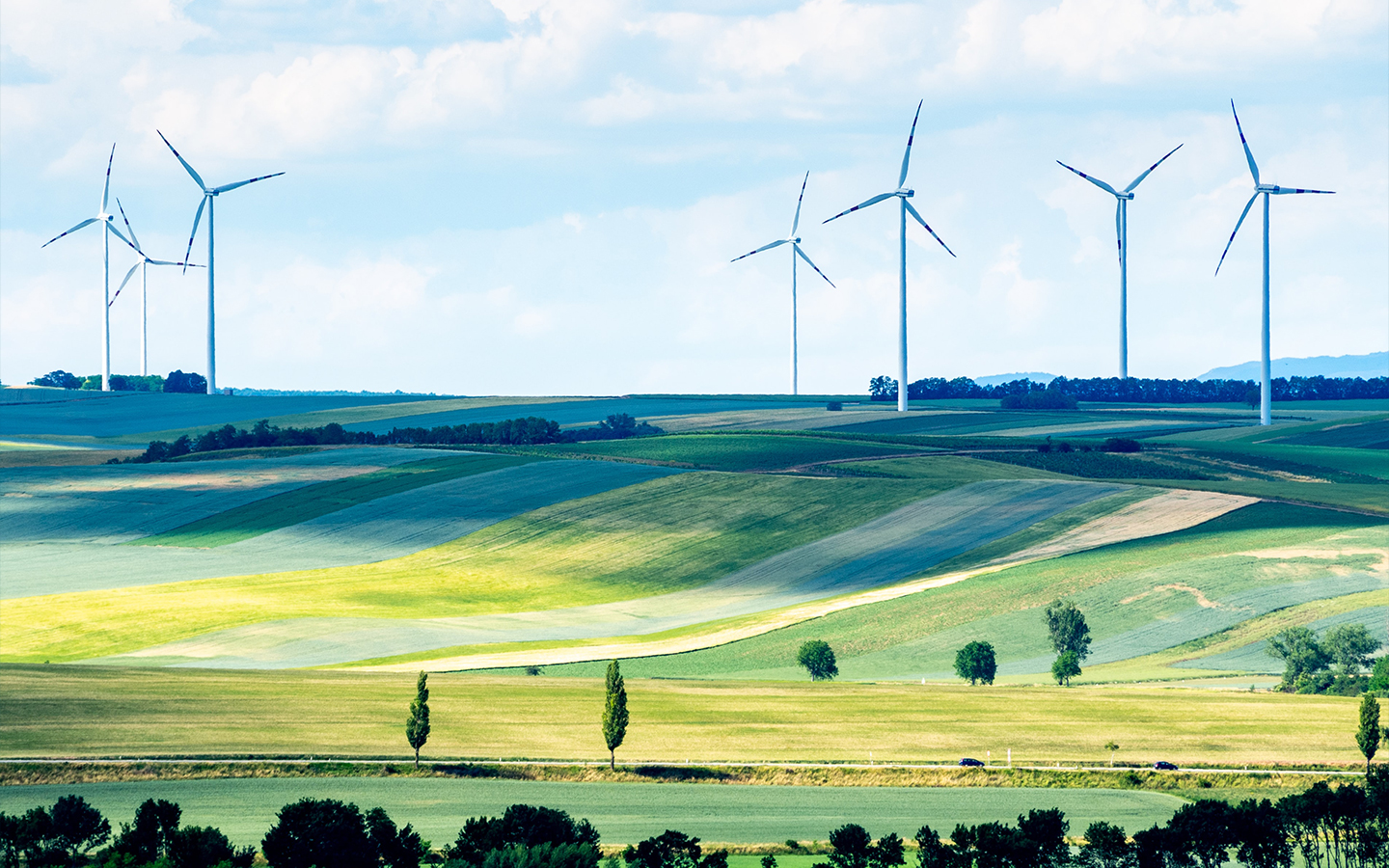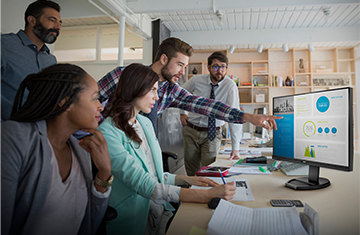Sustainability and Environment
Future-Proofing Philips Monitors

In a world where natural resources are getting scarcer, and environmental pollution has led to dramatic climate In order to reduce the energy usage at our customers we designed the eco-friendly Philips monitors 242B7QGJEB and 272B1G
Being a company in the IT sector, we always need to balance business benefits (customer value) with societal benefits (ecological value). We believe that this is a These monitors have a PowerSensor and LightSensor which will can lead to 80% less energy usage. PowerSensor is a built-in ‘people sensor’ that transmits and receives harmless infrared signals to determine if the user is present, and automatically reduces monitor brightness when the user steps away from the desk, cutting energy costs by up to 80% and prolonging monitor life. LightSensor uses a smart sensor to adjust the picture brightness depending on the light conditions in the room for the perfect picture with minimal power usage. In this calculation we used the AOC 24P2 as monitor without PowerSensor and LightSensor, and the eco-friendly 241B7QGJEB and 272B1G of Philips.
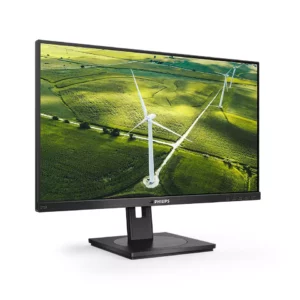
In a world where natural resources are getting scarcer, and environmental pollution has led to dramatic climate change effects, every company in product development and manufacturing has to review its approach. Philips monitors is committed to change their approach to realise a more sustainable product life cycle, from product design to manufacturing and after care.
Being a company in the IT sector, we always need to balance business benefits (customer value) with societal benefits (ecological value). We believe that this is a significant driver for innovation. Therefore, by continuously keeping this trade-off in mind, we can build a healthy and growing business and at the same time making a positive impact on the planet.
As stated before, sustainable thinking has been introduced in all steps of the product development process – from designing new and more eco-friendly packaging solutions to creating designs using less plastic – and of course, choosing components that meet our increased requirements.
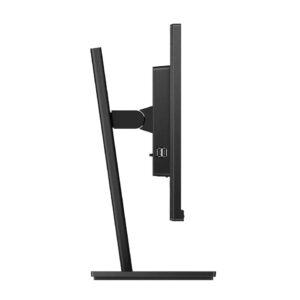
In 2021, we implemented this sustainable focus further by introducing low power FHD panels, paper cushioning for 23,8” and 27” screens, using less ink on B2B models’ packaging and achieving trustworthy certificates with our products, such as the EPEAT Gold standard.
These steps are just the beginning and will be implemented throughout our entire Philips monitors product portfolios, learning and improving along the way.
In the end, this mindset change does not only help the planet, but also people by supporting a healthier environment in general, and by creating an attractive, sustainable workplace that is forward-thinking and flexible to react to changing regulations, industries, consumer demands and more.
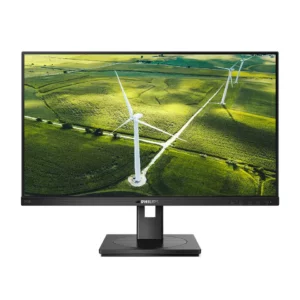

Conflict minerals
Conflict minerals are minerals mined in conditions where human rights abuses occur. The term typically refers to four minerals – tungsten, tantalum, tin and gold (3TG) – that are mined in the eastern region of the Democratic Republic of the Congo (DRC). These minerals are used in the production of various goods such as jewellery and virtually all electronic devices.
We are committed not to purchase raw materials, subassemblies or supplies which we know contain conflict minerals. We do not directly source minerals from mines in the DRC or other CAHRAs, and we are aware that the supply chain for these metals consists of many tiers, including mines, traders, exporters, smelters, refiners, alloy producers and component manufacturers, before reaching our direct suppliers. Cooperation amongst these different tiers in the supply chain is of great importance to stop the trade in conflict minerals.
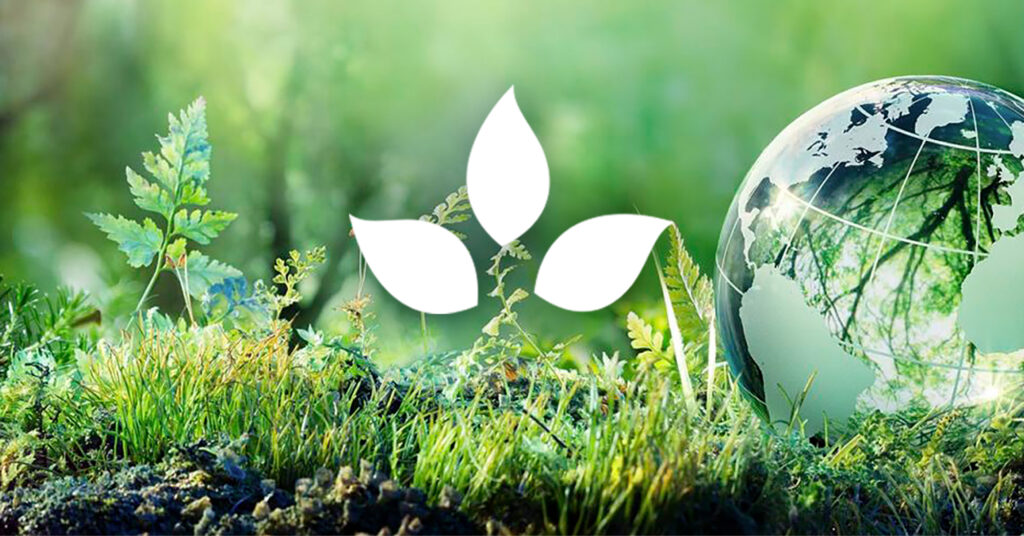
Product Sustainability Matrix
In addition to focusing on new approaches and ideas that help us introduce more sustainability to our business and our products, it is also important to keep track of what has already been accomplished. As a comprehensive overview for our teams, partners, and customers, we created a sustainability matrix, highlighting the most important sustainable features and elements of key products of our Philips monitors portfolio. With consumers making more informed choices in terms of sustainable CE products, this is a valuable tool to support this new kind of decision making.
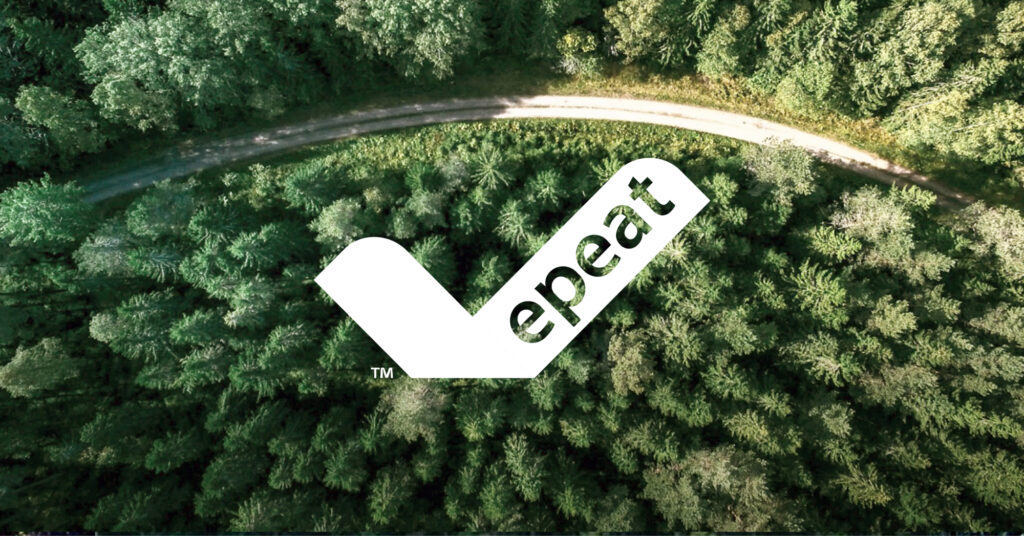
EPEAT
EPEAT status per model and declaration

To exclude conflict minerals in the supply chain
we started our collaboration with Pact. Pact is a nonprofit international development organization founded in 1971 and works in nearly 40 countries to improve the lives of those who are challenged by poverty and marginalization. Pact’s Mines to Markets program, or M2M, uses an integrated, holistic approach to help resource-dependent communities improve their lives. They bring together government, industry and miners to
make artisanal and small-scale mining (ASM) formal, safer and more productive.
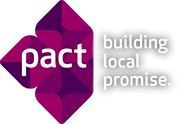

Tree-planting
programs
The tree-planting programs prioritize creating sustainable livelihoods – creating rich futures for children; creating leadership roles for women; creating rich local economies. Besides raising awareness, we are proud to share that with each purchase of one of our green displays, our customers automatically support the growth of the Philips monitors forest as we donate a portion of the profits. Of course, we also aim to raise our employees’ and customers’ awareness
and educate them on the consequences of CO2 emissions. We want to convince consumers to buy environmentally friendly products and encourage everyone to participate in our efforts to make technology more sustainable and make informed choices to reduce carbon emissions, plastic waste and energy consumption.
We aim to raise our employees’ and customers’ awareness and educate them on the consequences of CO2 emissions.
